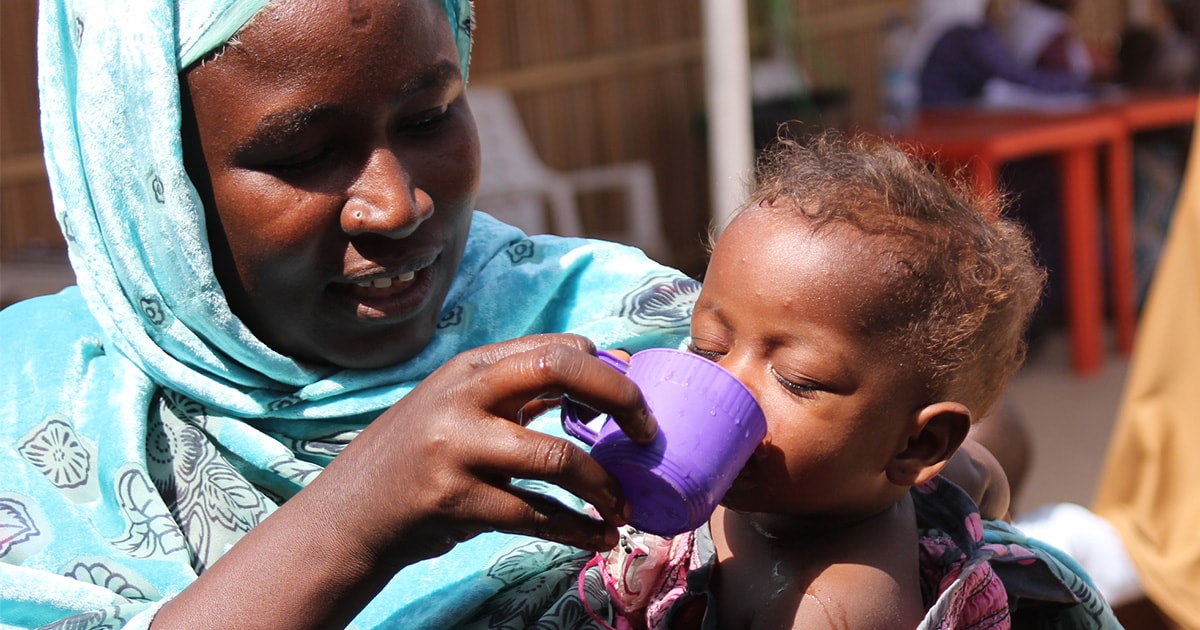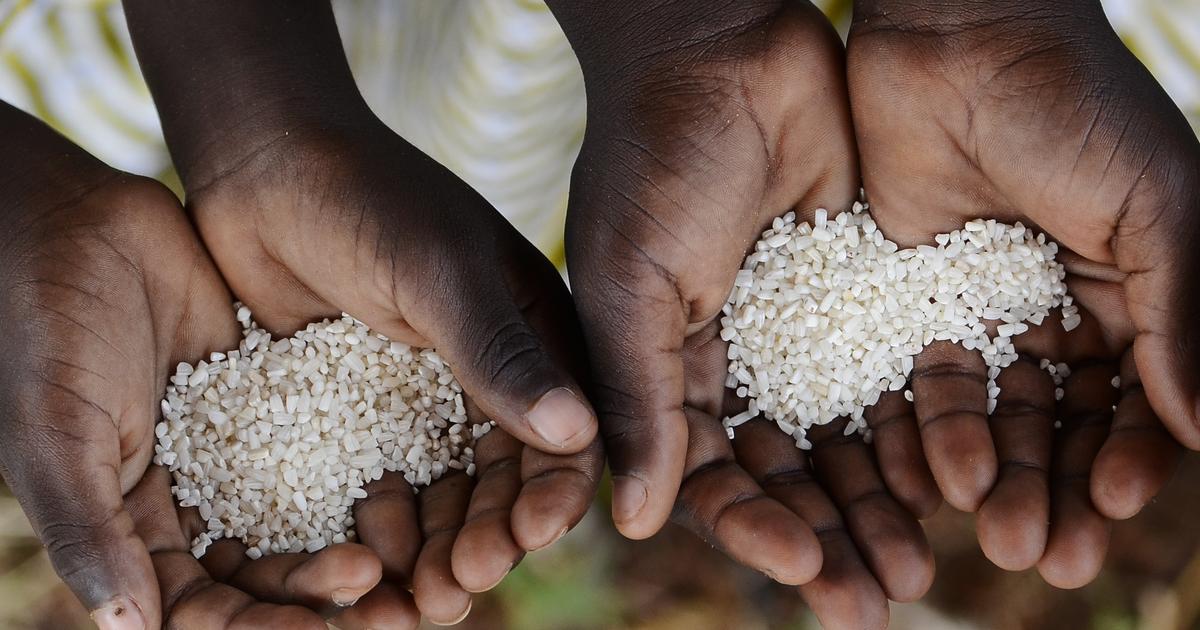What Are The Types Of Malnutrition?
The human body needs certain nutrients to survive. Various vitamins and minerals are vital to the function of every system throughout the body. In addition, calories are necessary for physical energy. The body converts sugar into energy the cells can use, allowing muscles to stay healthy and strong. Malnutrition occurs when individuals don't have enough food or don't have enough nutrients in their food. In rarer cases, malnutrition can also occur when individuals have too much of certain nutrients or substances. A poorly balanced diet can lead to malnutrition. Some patients might have malnutrition related to an underlying condition that causes poor nutrient absorption. The World Health Organization says malnutrition is the single greatest threat to public health on a global scale.
With this in mind, learn about the different types of malnutrition now.
Undernutrition

Undernutrition is a type of malnutrition that occurs when an individual doesn't have enough intake of nutrients and energy to maintain their health. This is the most commonly discussed type of malnutrition. In fact, many studies and pieces of literature use undernutrition and malnutrition as interchangeable synonyms. However, malnutrition can also take other forms, and it can refer to both overnutrition and undernutrition. In the past, researchers used the term 'protein-energy malnutrition' to refer to undernutrition. However, that term only refers to receiving inadequate energy due to not consuming enough calories or protein and it doesn't encompass the effects that can occur because an individual isn't absorbing enough nutrients for bodily function. Undernutrition is used to combat this because it covers both nutrient malnutrition and protein malnutrition. There are several nutrients many individuals throughout the world lack. For example, it's possible an individual's diet might not contain enough zinc, since zinc is a mineral found most commonly in foods not everyone eats regularly. In certain parts of the world, vitamin A deficiencies are also common.
Uncover more types of malnutrition now.
Micronutrient Malnutrition

Micronutrient malnutrition is a type of malnutrition that occurs when individuals aren't getting the nutrients their body needs to function properly. It's one of the core components of total undernutrition. However, it's also possible for micronutrient malnutrition to occur in individuals who are getting enough calories and protein from their diet. If the calories individuals consume aren't accompanied by adequate nutritional content, they might be a healthy weight or overweight while still starving for nutrients. Almost one-third of the global population suffers from deficiencies in at least one micronutrient, and many individuals have more than one micronutrient deficiency. Some of the most common deficiencies occur with zinc, folate, vitamin A, iodine, and iron. In addition to affecting brain function and energy, the problems caused by these deficiencies can have potentially life-threatening consequences. There are certain activist groups and health organizations that work to make vital nutrients available to individuals who don't usually have access to them. Some patients with nutrient deficiencies might be helped through multivitamins that contain the minerals and vitamins necessary for function.
Continue reading to learn about more types of malnutrition now.
Acute Malnutrition

Acute malnutrition refers to malnutrition that causes sudden fluid retention or weight loss. There are about fifty-five million children throughout the world suffering from acute malnutrition at any given moment. Of those, nineteen million have a severe form of the condition. Acute malnutrition can be caused by a decrease in the amount of food consumed. It can also occur when an illness causes an individual to be unable to absorb nutrients or calories, leading to sudden and drastic weight loss. Adults and children can both suffer from acute malnutrition. Eating disorders like anorexia, which most commonly presents in adolescents and young adults, may lead individuals to develop acute malnutrition. Acute malnutrition can be treated by creating community resources to ensure everyone is fed. When malnutrition is caused by a mental illness like an eating disorder, mental health resources are an essential component of recovery. Similarly, malnutrition due to an underlying medical condition will be best treated by getting adequate physical health treatment.
Discover additional types of malnutrition now.
Chronic Malnutrition

Chronic malnutrition can be paired with acute malnutrition. When talking about the impact of malnutrition on communities and individuals, acute and chronic are terms used to talk about different issues. Acute malnutrition is used to discuss the sudden effects of a loss of nutrition. Chronic malnutrition, on the other hand, occurs when a person is malnourished on a long-term basis of goes through a repeating pattern of becoming malnourished. When a child is chronically malnourished, the lack of calories and nutrients can lead to permanent stunting in growth. Their muscles, skeletal structure, and varying other body systems don't have a chance to develop the way they're meant to. Globally, chronic malnutrition is one of the most prevalent health crises. Many things can lead to chronic malnutrition. It can occur if a patient has an untreated condition that causes malabsorption of nutrients. Chronic malnutrition can also occur on a systemic level in communities that don't have safeguards to prevent it. This includes places without resources for hungry individuals, including places in the United States. Poverty is also a factor.
Get the details on the impact of malnutrition next.
Impact of Malnutrition

The impacts of malnutrition are widespread. When malnutrition is common in a community or on a systemic level, societal effects can be seen in infrastructures and the way individuals behave. For individuals, malnutrition has a serious impact on physical functioning and psychological well-being. Children who experience chronic malnourishment can have stunted growth, problems with brain development, and permanent psychological issues. Heart disease and diabetes can also be caused by malnutrition. Long-term undernutrition has effects on the metabolism that can increase an individual's risk of obesity. Studies also indicate children who have stunted growth because of malnutrition are more likely to become overweight. In one study of children in Brazil, they found malnutrition increased the risk of having high blood pressure. More than twenty percent of children with stunted growth had high blood pressure, while only about ten percent of those without stunted growth did.
